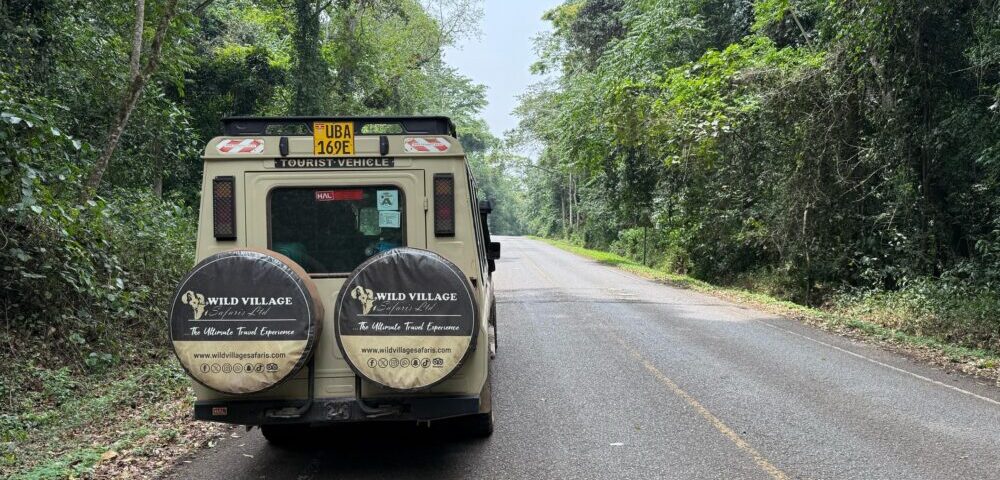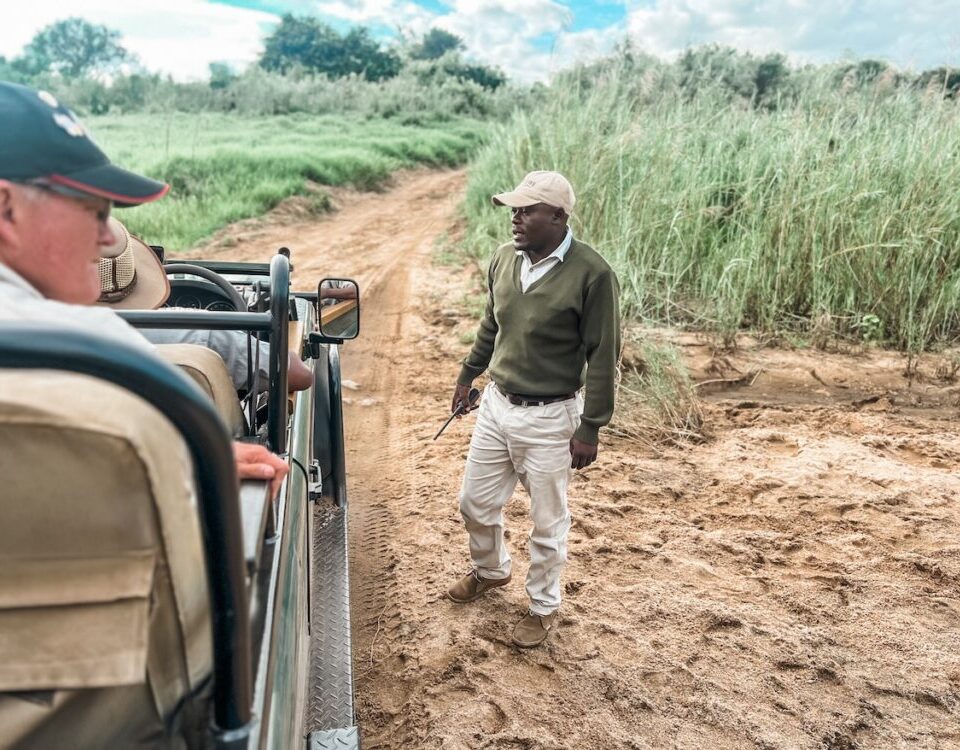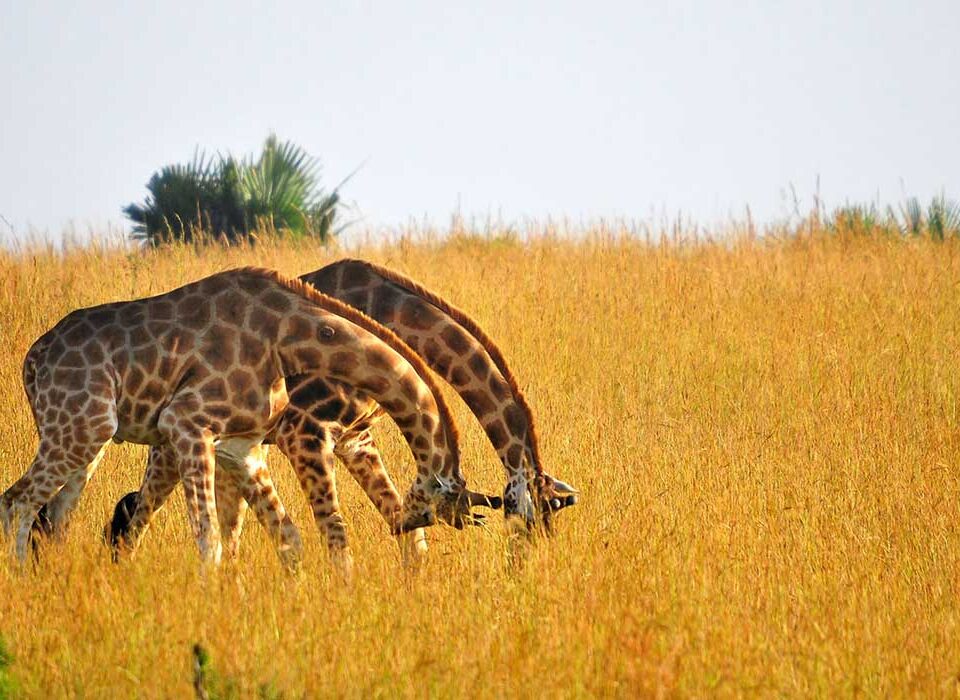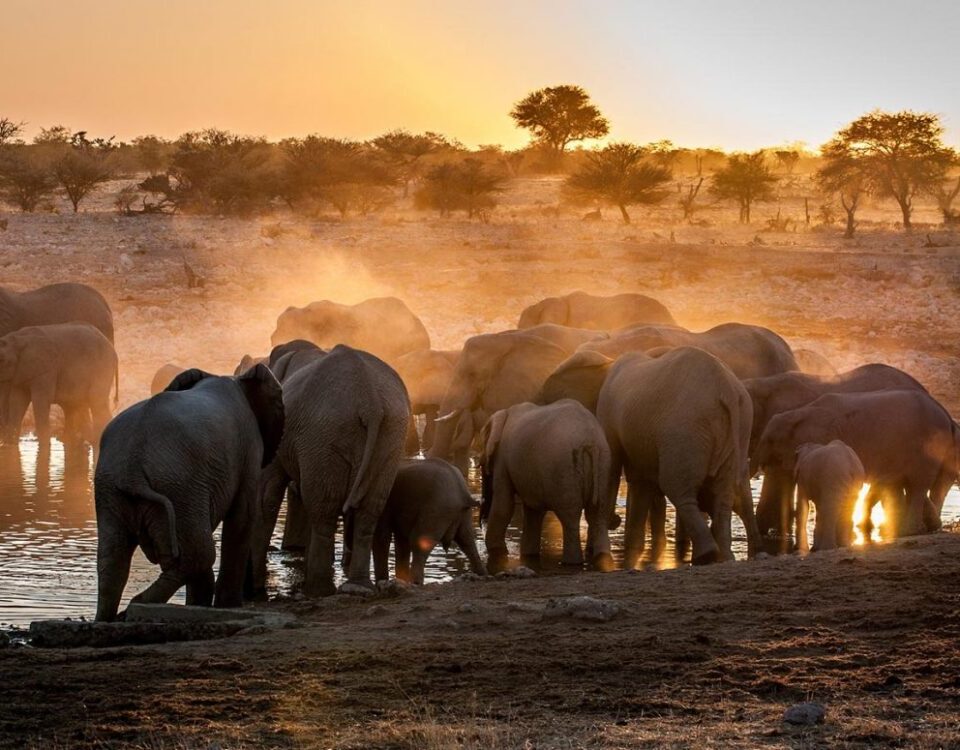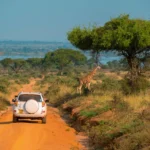
What Are the Best Times to Go for a Game Drive Safari in Uganda?
July 11, 2025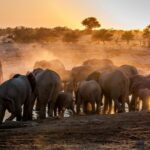
What Is a Night Game Drive, and Where Is It Offered?
July 12, 2025What Time of Day Are Game Drives Conducted?
When planning a dream wildlife safari, one of the most frequently asked questions by travelers is: What time of day are game drives conducted? Whether you’re venturing into the expansive plains of a Kenya safari, the dramatic Serengeti landscapes of a Tanzania safari, or the lush forests of a Uganda safari, timing your game drive is crucial for maximizing wildlife sightings. Game drives are typically conducted in the early morning and late afternoon, which are the prime hours when wildlife is most active. At these times, the temperatures are cooler, the lighting is softer for photography, and animals are either beginning their day or preparing to rest.
This comprehensive guide by Wild Village Safaris dives into the strategic scheduling of game drives across East Africa’s premier safari destinations—including the unique opportunity to combine a Uganda Gorilla Trekking experience or a Gorilla Trekking Rwanda journey with traditional game drives. We’ll explore the benefits of each game drive slot, how they align with animal behavior patterns, and the cultural activities that can be experienced in between. Whether you’re enjoying an adventurous Rwanda safari or the classic Big Five encounters in Kenya safaris and Tanzania safaris, understanding the timing of your excursions is vital for a successful safari.
Let’s explore how knowing what time of day are game drives conducted can make your safari itinerary more rewarding, personalized, and unforgettable.
Early Morning Game Drives – A Magical Start to Your Safari Day
What time of day are game drives conducted? Most professional guides will recommend early morning game drives as the absolute best time to witness wildlife in its most natural, undisturbed behavior. In East Africa—including destinations in Uganda safari, Kenya safaris, and Tanzania safaris—game drives usually begin between 5:30 AM and 6:30 AM. The air is crisp, the landscape is bathed in soft golden light, and nocturnal predators are often still on the prowl. Lions, leopards, hyenas, and jackals are particularly active during these cooler hours, increasing your chances of observing hunts or feeding behaviors.
In places like Uganda‘s Queen Elizabeth National Park, early game drives reveal elephants grazing on the dew-soaked savannah and hippos returning to water after nighttime grazing. These experiences are even more rewarding when combined with a Uganda Gorilla Trekking adventure, where your morning begins with a thrilling forest hike in Bwindi or Mgahinga after a morning drive through buffer zones rich in birdlife and smaller game.
During a Kenya safari in the Maasai Mara or a Tanzania safari in Serengeti or Ngorongoro, morning drives provide incredible opportunities to see wildlife as the savannah comes to life. Additionally, early drives allow photographers to capture animals in natural morning light, reducing shadows and enhancing the clarity of each image.
Between game drives, guests often enjoy cultural visits to nearby villages. In Uganda, for instance, travelers can engage with local communities, witness traditional dances, learn about herbal medicine, and taste authentic African dishes—all while knowing that their early game drive optimized their wildlife experience.
Afternoon and Evening Game Drives – A Sunset Safari Spectacle
If you’re asking what time of day are game drives conducted, it’s important not to overlook the charm of afternoon and evening game drives. Typically starting around 3:30 PM to 4:00 PM and extending into dusk, these drives offer a completely different atmosphere from the morning expeditions. The late afternoon sun casts a warm glow over the savannah, ideal for scenic photography, while temperatures begin to drop, prompting many animals to become more active again after a midday rest.
In Tanzania safaris, particularly in the Serengeti, evening game drives reveal large herbivores—like zebras, wildebeests, and giraffes—feeding in groups, while predators such as lions or cheetahs begin to stir. Similarly, on a Kenya safari through Amboseli or Tsavo, it’s not uncommon to spot elephants cooling themselves at waterholes or buffalo herds moving in sync.
In Uganda safari locations like Murchison Falls or Lake Mburo National Parks, late game drives provide exceptional sightings of elands, bushbucks, and sometimes elusive leopards. The experience is enhanced when integrated with Uganda Gorilla Trekking, offering a contrast between forest trekking and open grassland drives. After gorilla trekking in Bwindi, many guests enjoy a relaxing game drive through Ishasha, famous for its tree-climbing lions, during late afternoon hours.
Evening game drives also open the door for nocturnal wildlife sightings, especially if your lodge or park allows night drives. Guests may spot genets, civets, nightjars, and even elusive pangolins. These sunset safaris are perfect for romantics, photographers, and families seeking a well-rounded adventure in their Rwanda safari, Kenya safaris, or Tanzania safaris.
Integrating Gorilla Trekking with Game Drives – The Ultimate East African Experience
For travelers dreaming of primate encounters and classic game drives, the question evolves from what time of day are game drives conducted to how best to integrate them with unforgettable gorilla trekking experiences. One of the major advantages of booking with Wild Village Safaris is our ability to seamlessly blend Uganda Gorilla Trekking or Gorilla Trekking Rwanda into broader safari itineraries.
In Uganda, you can begin your trip with morning or afternoon game drives in Queen Elizabeth or Murchison Falls before transferring to Bwindi Impenetrable Forest or Mgahinga. Gorilla trekking typically begins around 8:00 AM with a pre-hike briefing. After the trek, visitors often relax with community visits, or proceed to late-day game drives in adjacent savannah parks, maximizing their exposure to different ecosystems.
For those on a Rwanda safari, Volcanoes National Park offers outstanding gorilla trekking. Nearby, Akagera National Park hosts traditional game drives, typically scheduled for early morning and late afternoon. Combining Gorilla Trekking Rwanda with these drives allows guests to experience both mountain forest primates and open grassland species in one smooth itinerary.
This blend of experiences also includes cultural elements. In Uganda and Rwanda, cultural safaris are scheduled between game drives, offering interactions with Batwa pygmies, visits to banana brewing cooperatives, and storytelling sessions around campfires. These authentic experiences are designed to educate travelers while supporting local livelihoods—making your safari not just adventurous, but meaningful too.
Cultural Experiences Between Game Drives – Connect with the Heart of Africa
Between the early and late game drives that define the rhythm of a typical Uganda safari, Kenya safari, or Tanzania safari, guests are presented with incredible opportunities for cultural immersion. These midday hours are perfect for exploring the heritage, traditions, and community life that form the soul of East Africa.
In Uganda, between your Uganda Gorilla Trekking and wildlife safari, consider visiting the Batwa communities. Once forest dwellers of Bwindi, they now showcase their traditional music, fire-making, and hunting techniques. In Fort Portal or Kibale, you can take a coffee tour or join women-led basket weaving projects—experiences that support sustainability and offer deep cultural insight.
A Rwanda safari between gorilla trekking and game drives might include a visit to Iby’Iwacu Cultural Village or the Kigali Genocide Memorial, where guests gain perspective on Rwanda’s resilience and cultural rebirth. Meanwhile, in Kenya safaris, visits to Maasai villages offer dancing ceremonies, beadwork demonstrations, and insights into ancient warrior traditions. These cultural activities are safely conducted with trained guides, ensuring ethical tourism and community respect.
In Tanzania safaris, guests between morning and evening drives can visit Hadzabe hunter-gatherer tribes or Datoga blacksmiths near Lake Eyasi. These enriching add-ons help break up the day, allowing guests to rest from early game drives while connecting with Africa on a more human level.
Understanding what time of day are game drives conducted gives travelers space to plan these valuable, authentic encounters, making each safari more balanced, educational, and unforgettable.
The Best Time of Year vs. Best Time of Day – Planning Your Safari Perfectly
Now that we’ve answered what time of day are game drives conducted, it’s essential to consider how the time of year can influence your safari’s outcome. While morning and evening remain the golden windows daily, wildlife movements and visibility also depend on seasonal factors.
During the dry season (typically June–September and December–February), grass is lower and animals congregate around water sources. This makes early and late drives exceptionally productive in Tanzania safaris (especially in the Serengeti during the Great Migration), Kenya safaris, and Uganda safari locations like Kidepo Valley or Queen Elizabeth.
In the green or rainy season (March–May and October–November), landscapes are more lush and birdlife is abundant. Though some animals are harder to spot due to thicker vegetation, photographers often prefer this season for its vivid scenery. It’s also the ideal time for combining Gorilla Trekking Rwanda and Uganda Gorilla Trekking, as permits are often discounted and crowds are fewer.
Regardless of season, sticking to morning and evening drives—when wildlife is most active—remains the best strategy. Partnering with experienced safari operators like Wild Village Safaris ensures your itinerary aligns with both seasonal and daily patterns for maximum enjoyment.
Conclusion: What Time of Day Are Game Drives Conducted?
In conclusion, what time of day are game drives conducted? The best wildlife safaris in East Africa are scheduled during early morning and late afternoon hours when animal activity peaks. Whether you’re navigating the open plains on a Kenya safari, tracking wildebeests during your Tanzania safari, spotting elephants in your Uganda safari, or combining it all with Uganda Gorilla Trekking or Gorilla Trekking Rwanda, timing is everything.
With morning safaris offering predator sightings and crisp, golden lighting, and afternoon safaris providing dramatic sunsets and relaxed animal behavior, both timeframes are integral to a well-rounded safari. Add in midday cultural experiences and gorilla trekking excursions, and your journey becomes a rich, multi-dimensional adventure.
Wild Village Safaris specializes in tailoring your travel to make the most of every safari hour. So whether you’re chasing the Big Five or gazing into the soulful eyes of a mountain gorilla, knowing exactly what time of day are game drives conducted will help you plan wisely and travel confidently.
Let the wild wake you at dawn and mesmerize you at dusk. Your ultimate African safari starts with the right timing.

